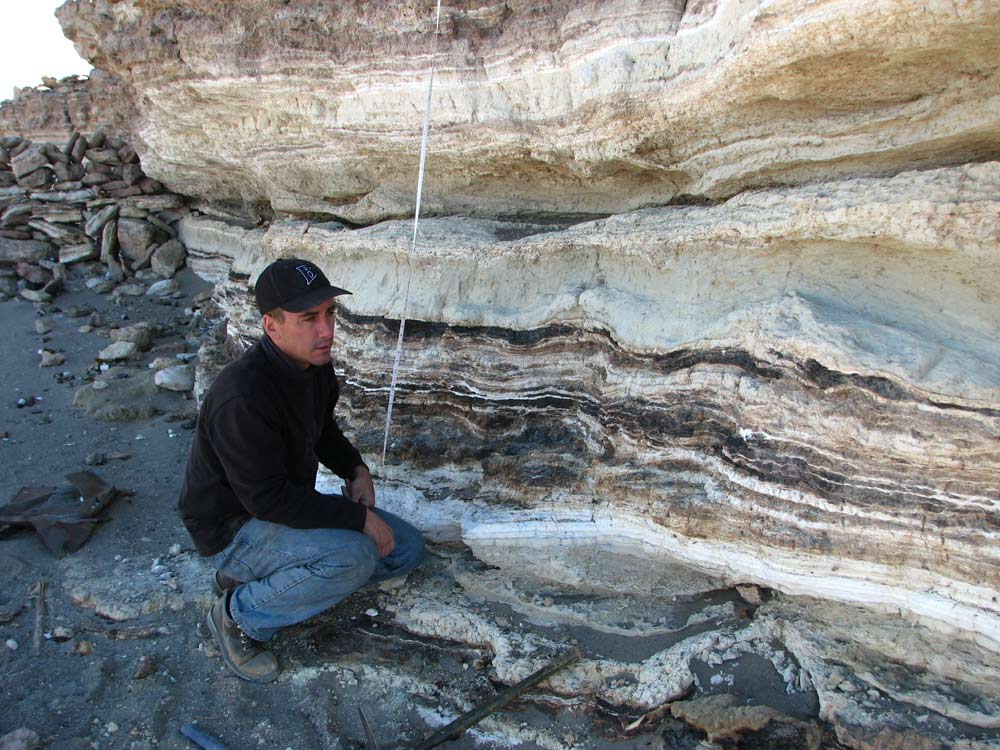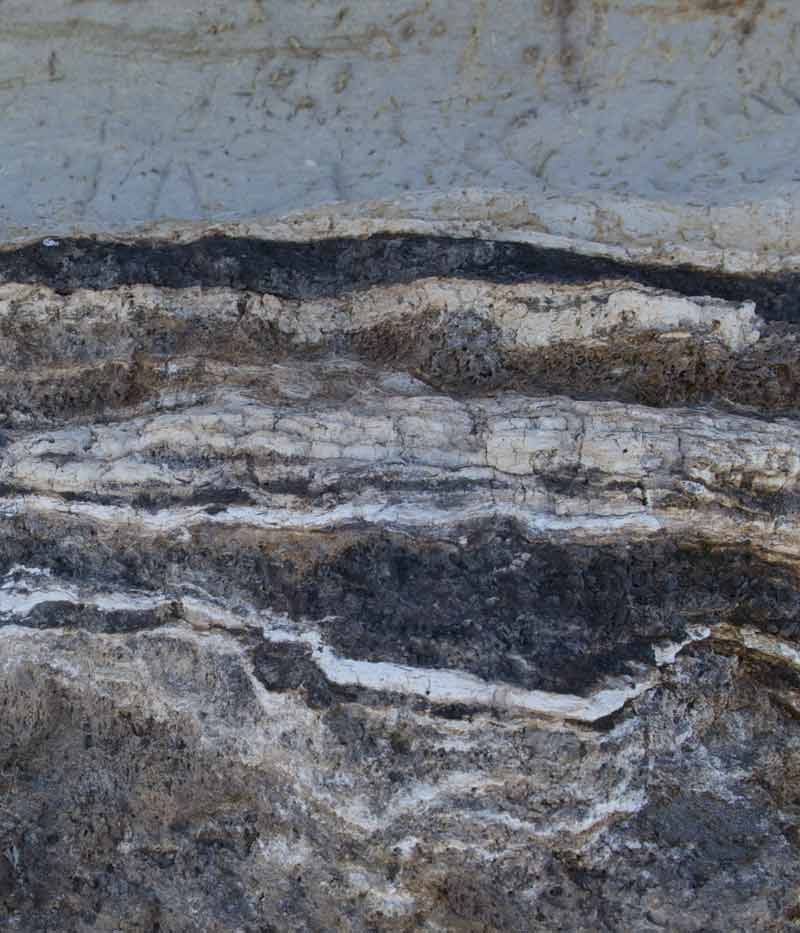Mysterious Black Mats on Earth Not From Outer Space

What seemed like evidence of prehistoric cosmic impacts might just be clumps of earthly dust, findings that shed light on the heated debate over whether these impacts triggered recent mass extinctions, researchers say.
A giant cosmic collision with Earth and an asteroid or comet is now the leading culprit behind the mass extinction that ended the Age of Dinosaurs about 65 million years ago. However, there is much controversy regarding whether a cosmic explosion, or something else, caused a more recent mass extinction — the one that wiped out most of the large mammals in North America as well as the so-called Clovis people about 12,900 years ago.
Evidence that researchers have put forth to support this "Younger Dryas impact hypothesis" includes elevated levels of the metal iridium, which is common in asteroids, but normally uncommon on Earth's surface. Other hints that an asteroid was the culprit include magnetic spherules and titanomagnetite grains.
To help resolve this controversy, scientists looked at black mats of earth containing so-called "impact markers" — signs of cosmic collisions — in layers of sediment laid down between 6,000 and 40,000 years ago. These were deposited within spring-fed marshes in the southwestern United States and the Atacama Desert of northern Chile. [Top 10 Greatest Explosions Ever]
The researchers discovered high concentrations of apparent impact markers at 10 of the 13 sites with black mats that they surveyed. However, a number of these sediments do not date to the Younger Dryas period.

The fact that these markers are present in sediments of different ages and from various locations suggests they were not produced by a single catastrophic event such as an impact, researchers said. Instead, these markers were instead created by naturally occurring terrestrial processes. Specifically, they may have been caused by accumulation and concentration of dust, a phenomenon common to wetlands — the wet ground and dense plant cover found in those areas makes them effective dust traps.
"Many of us familiar with wetlands and black mats thought that the 'impact markers' might be concentrated by natural processes," researcher Jeff Pigati, a geologist at the U.S. Geological Survey, told LiveScience. "We were certainly excited, however, to see the consistency of our findings across continents and different time periods. It really shows how pervasive the markers can become in such environments."
Sign up for the Live Science daily newsletter now
Get the world’s most fascinating discoveries delivered straight to your inbox.
To figure out whether the wetlands had trapped earthly or cosmic dust, the researchers analyzed the samples for their rare earth elements, or a group of 17 metallic elements with similar structures and properties. Based on the concentrations and relative abundances of these elements, the researchers concluded the samples came from terrestrial sources.
While their findings don't completely dismiss the Younger Dryas impact hypothesis, Pigati and his team suggest scientists need to look for alternative ideas to explain these markers thought to involve cosmic impacts.
In the future, the researchers hope to analyze wetland deposits and black mats to learn more about the history of water flow and climate change, rather than cosmic collisions.
"There is a wealth of information stored in these sediments that can be used to determine how hydrologic systems responded to abrupt climate change in recent times," Pigati said. "This is especially critical in arid environments in which water resources are severely taxed already."
The scientists detailed their findings online April 23 in the journal Proceedings of the National Academy of Sciences.










